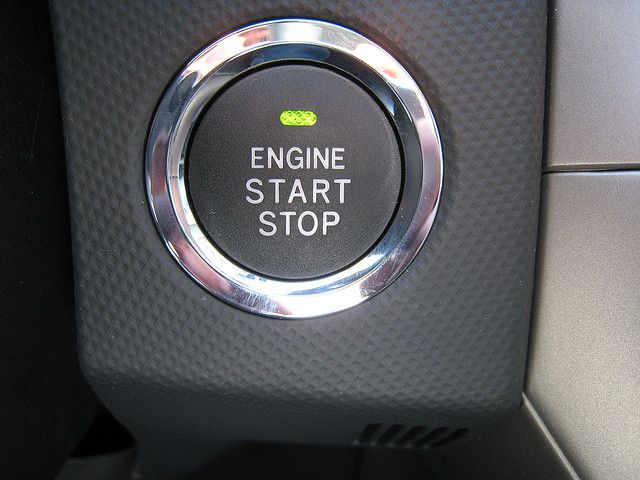-
 Ocean thermal energy
Ocean thermal energy
-
 SNP
SNP
-
 Mars Polar Lander
Mars Polar Lander
-
 Blepharitis
Blepharitis
-
 Allosteric effector
Allosteric effector
-
 Whale watching
Whale watching
-
 Meteorite crater
Meteorite crater
-
 Crab nebula
Crab nebula
-
 Hertz
Hertz
-
 Contact metamorphism
Contact metamorphism
-
 BRGM
BRGM
-
 Isometric
Isometric
-
 Standard model
Standard model
-
 Expansion valve
Expansion valve
-
 Circadian
Circadian
-
 Epidermis
Epidermis
-
 CCIR
CCIR
-
 Precession-nutation
Precession-nutation
-
 Cluster
Cluster
-
 Hepatitis B
Hepatitis B
-
 Dysnomia
Dysnomia
-
 Die
Die
-
 Cyst
Cyst
-
 Allochemical
Allochemical
-
 Beta lactam
Beta lactam
-
 Omega-9
Omega-9
-
 Tropical year
Tropical year
-
 MRI
MRI
-
 Galactorrhoea
Galactorrhoea
-
 Transition metal
Transition metal
Stop-start
Stop- start is an electric system that is used to automatically stop and start a vehicle when it stops moving, even for a short period of time. This system can be used to reduce vehicle fuel consumption and pollution in the urban environment.
Description of the stop -start system
The stop -start system
represents the lowest degree of vehicle hybridisation. It is called a micro hybrid. In fact, it combines the conventional internal combustion engine with an electric starter-alternator piloted by on-board electronics. Principle of the stop - start system When the vehicle stops at a traffic light or in a traffic jam, the system checks to see if conditions favourable for stopping and electrically restarting the engine are present:- engine idling (speed under 6 km/h);
- wheels stopped;
- battery sufficiently charged;
- no other services operating (heating, air conditioning, defrosting...).
In this case, the starter-alternator stops the engine. The engine thus stops consuming fuel, polluting and making noise.
To move forward again, the driver presses the clutch. The system then activates the starter-alternator which electrically restarts the internal combustion engine while significantly reducing its fuel consumption, pollutant emissions and noise.
Advantages of the stop - start system for the environment
In the urban environment, where short stops are frequent (red light, traffic jam, delivery truck...) the start-stop system can produce significant results. According to car manufacturers, savings may reach 5 to 15% of reduced consumption and emissions of CO2 in the standard urban cycle.
 The stop-start mode button on a Toyota Auris. © Stefanos Kofopoulos CC by-sa 2.0
The stop-start mode button on a Toyota Auris. © Stefanos Kofopoulos CC by-sa 2.0
Latest
Fill out my online form.



